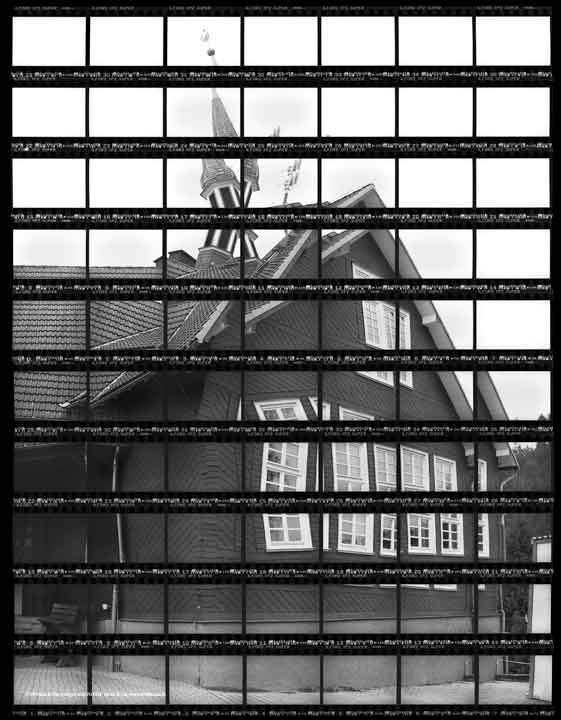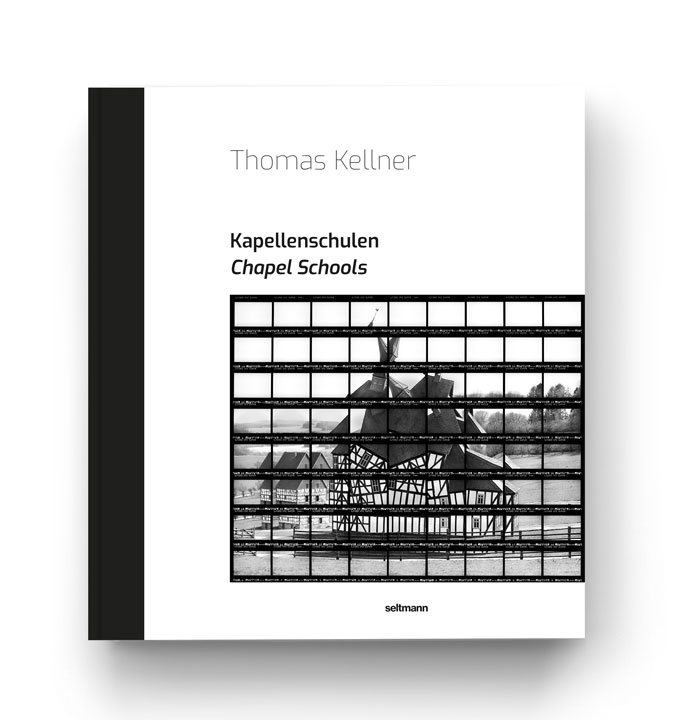Chapel school Plittershagen
In Plittershagen in the Freudenberg Township, there is an old chapel school dating back to 1898. In the lower part of the half-timbered building, teachers quarters were established. In 1930, the decision was made to expand the teachers quarters. Due to the increasing number of pupils in the village, a new school was built. The Lutheran elementary school was added in 1952 and served until 1968.
The former chapel school is now a village community center and is run by the local historical society. The local history room along with an old classroom is located upstairs. On the ground floor, there are exhibits on agriculture, the household, the hauberg, and other subjects, as well as documents and photographs from the 19th and 20th centuries.
Plittershagen in: The Chapel Schools' Book
Chapel schools form a solitary architectural type for the Siegerland and its neighboring regions.
As stand-alone buildings and conspicuous in their surroundings, like the one in Plittershagen, they reveal the connection between religion and school education starting from the domain of Count William I of Nassau-Katzenelnbogen (1487-1559) and his son John VI of Nassau, Katzenelnbogen and Dietz (1536-1606). The hybrid used buildings existed until the end of the 19th century and in parts even until the 20th century.
Chapel Schools a solitary architectural type
The Siegen fine art photographer Thomas Kellner recognized the historical and cultural value of these buildings and set himself the task of preserving and recalling this typical regional cultural asset through a new medium. By means of photography he transfers the chapel schools into an artistic context and gives the historical topic a new dimension in the present (art).
Just as the chapel schools united in themselves two spheres of life, this publication also conveys different contemporary perspectives on the history and genesis of the chapel schools. While Kellner tries to rethink the type of building, which oscillates between profane and sacred, with his artistic realization, Chiara Manon Bohn, Isabell Eberling M. Sc. Dr. Andrea Gnam and Dr. Stefanie Siedek-Strunk provide an insight into the historical, architectural and religious classification of the chapel schools up to the pictures of Thomas Kellner in text contributions.











